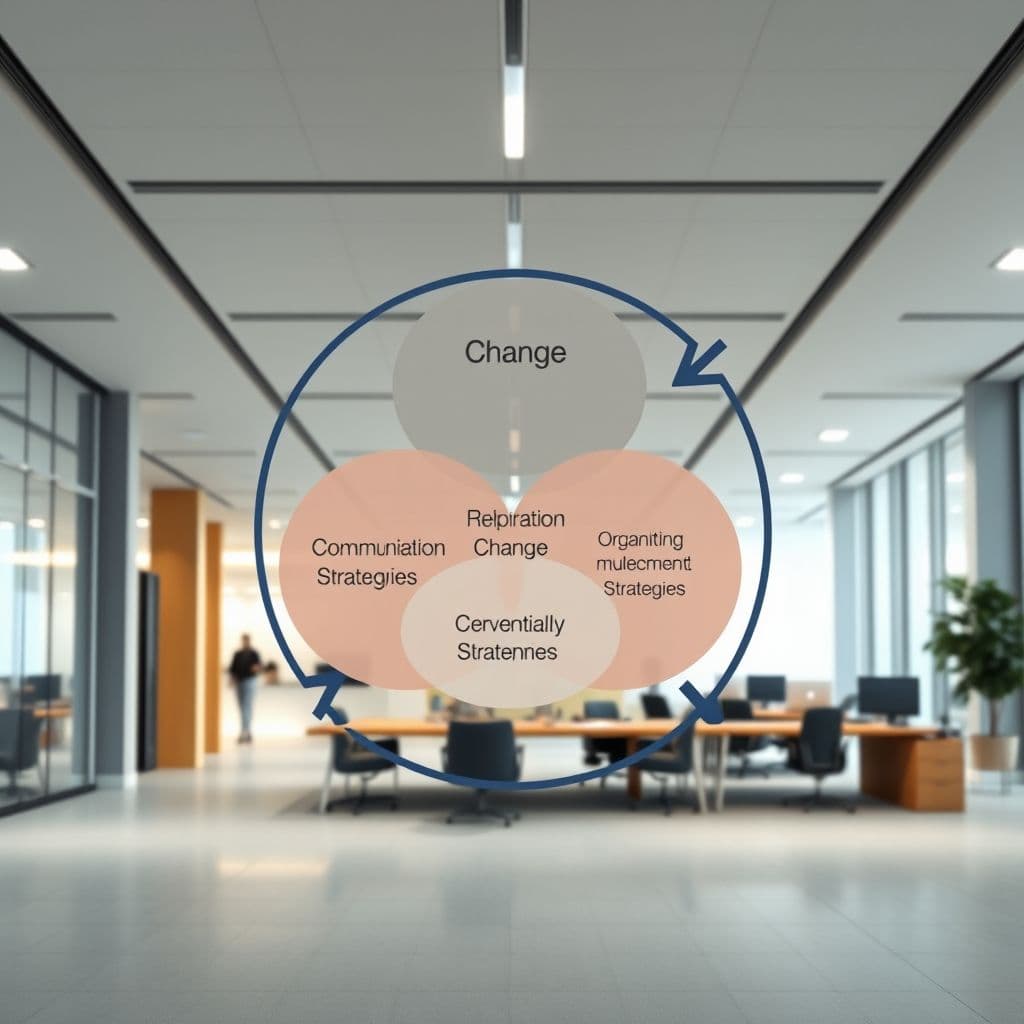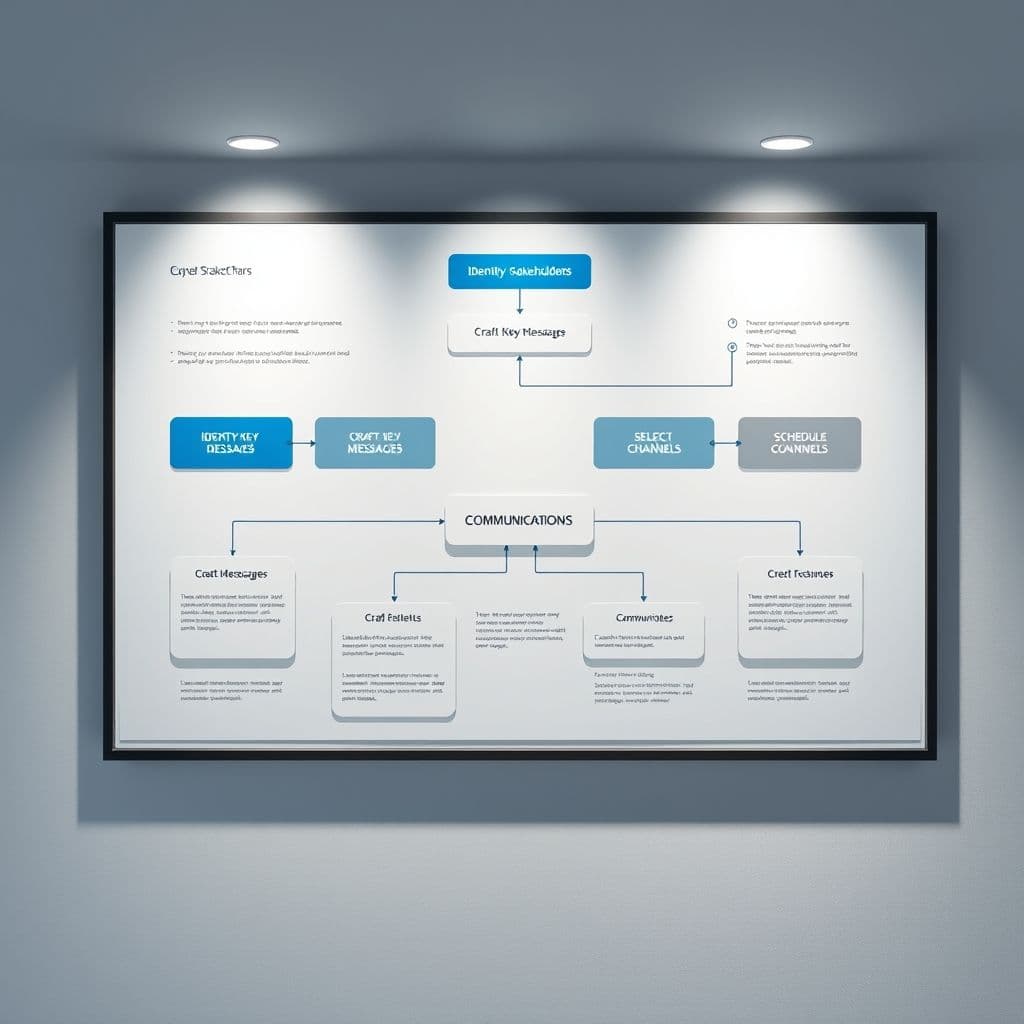Mastering Change Communications Strategy: A Step-by-Step Guide for Success

Change is inevitable in any organization, but how you communicate it can make the difference between success and failure. A well-crafted Change Communications Strategy ensures smooth transitions, minimizes resistance, and keeps everyone aligned. Whether you're leading a small team or a large corporation, mastering this skill is crucial. In this guide, we'll walk you through each step of developing and implementing an effective change communications strategy, complete with practical tips and real-world examples. View original learning path
Step 1: Understand the Basics of Change Communications
Before diving into strategy development, it's essential to grasp the foundational concepts. Change Management involves structured approaches to transitioning individuals, teams, and organizations from a current state to a desired future state. Communication Strategies are the methods you'll use to convey the change effectively, ensuring clarity and buy-in. Organizational Culture plays a pivotal role—understanding your company's values, norms, and behaviors will help tailor your messaging. For example, a tech startup with a casual culture might use Slack announcements and informal Q&A sessions, while a traditional corporation may prefer formal emails and town halls.

Step 2: Conduct a Change Readiness Assessment
Assessing Readiness helps you gauge how prepared your organization is for the upcoming change. Tools like surveys, interviews, and focus groups can reveal employees' attitudes and potential resistance points. Gap Analysis identifies the differences between the current state and the desired future state, highlighting areas that need attention. Change Impact Analysis examines how the change will affect various departments, roles, and processes. For instance, introducing new software might require IT training for some employees while others may need workflow adjustments. Addressing these gaps early ensures smoother implementation.
Step 3: Develop a Change Communication Plan
A robust plan starts with Stakeholder Analysis—identifying who needs to know what and when. Different groups (e.g., executives, managers, frontline employees) may require tailored messages. Message Development involves crafting clear, consistent, and compelling content that explains the 'why,' 'what,' and 'how' of the change. Communication Channels are the mediums you'll use, such as emails, meetings, intranet posts, or videos. For example, a major policy change might be announced via a CEO video message, followed by department meetings and detailed FAQs on the company portal.

Step 4: Implement the Change Communication Plan
Communication Execution is about delivering your messages effectively and on schedule. Two-Way Communication is critical—encourage feedback through Q&A sessions, surveys, or open-door policies to address concerns and build trust. Change Champions—employees who advocate for the change—can amplify your message and provide peer support. For example, a retail company rolling out a new sales system might train store managers as champions to help their teams adapt. Regular updates and transparency about progress keep everyone engaged.
Step 5: Evaluate and Adjust the Change Communication Strategy
Measurement and Evaluation involve tracking metrics like employee engagement, feedback scores, and adoption rates to assess the strategy's effectiveness. Continuous Improvement means refining your approach based on data and feedback. Change Communication Best Practices, such as maintaining consistency and addressing resistance proactively, should guide your adjustments. For instance, if surveys reveal confusion about a new process, you might create additional training materials or host follow-up sessions.
Conclusion
Mastering change communications is a dynamic process that requires careful planning, execution, and adaptation. By following these steps—understanding the basics, assessing readiness, developing a plan, implementing it effectively, and evaluating results—you can lead your organization through change with confidence. Remember, the goal isn't just to inform but to inspire and engage your team every step of the way.
Frequently Asked Questions
- How long does it take to develop a change communications strategy?
- The timeline varies based on the scope of the change. A simple change might take a few weeks, while a large-scale transformation could require months of planning and execution.
- What are common mistakes in change communications?
- Common pitfalls include unclear messaging, lack of stakeholder involvement, and insufficient feedback mechanisms. Avoid these by tailoring messages, engaging stakeholders early, and fostering two-way communication.
- How do you handle resistance to change?
- Address resistance by listening to concerns, providing clear rationale, and offering support (e.g., training). Change champions and success stories can also help build buy-in.





